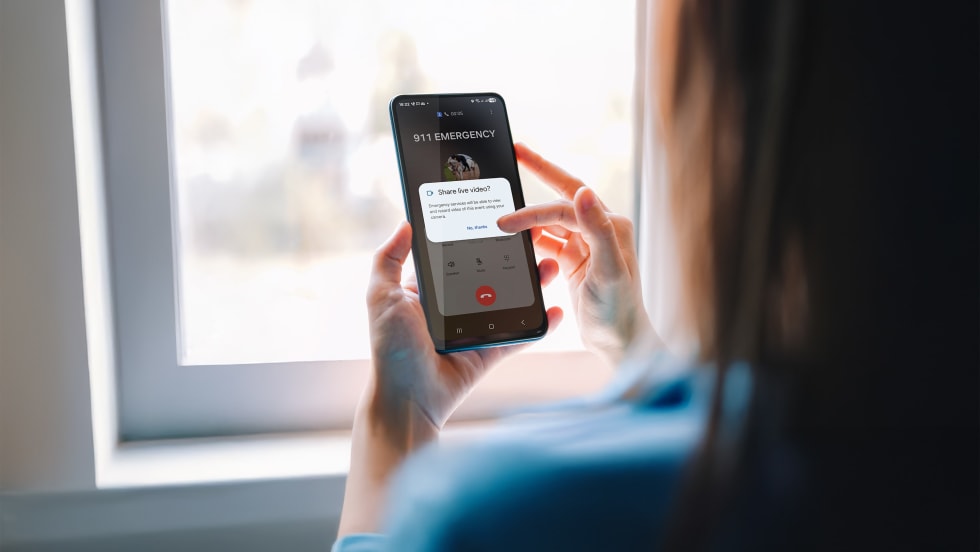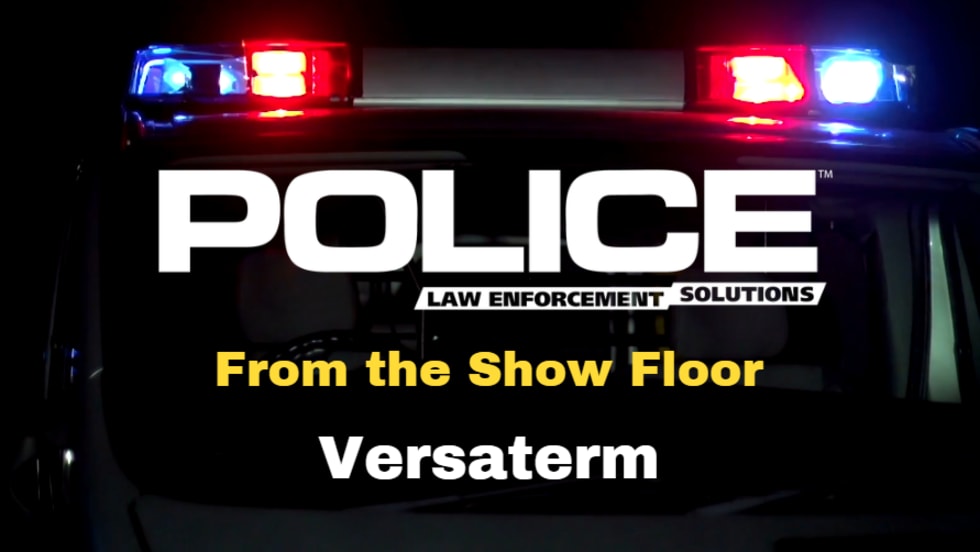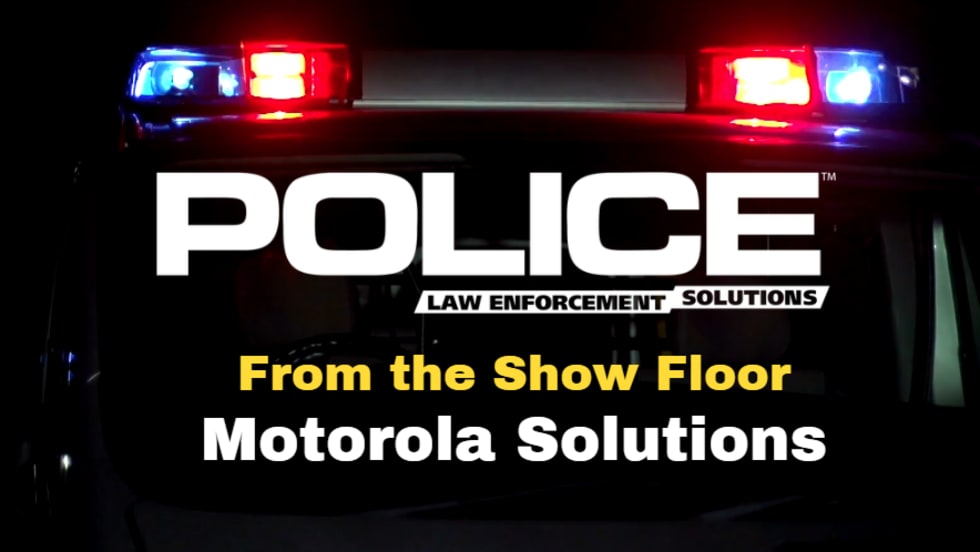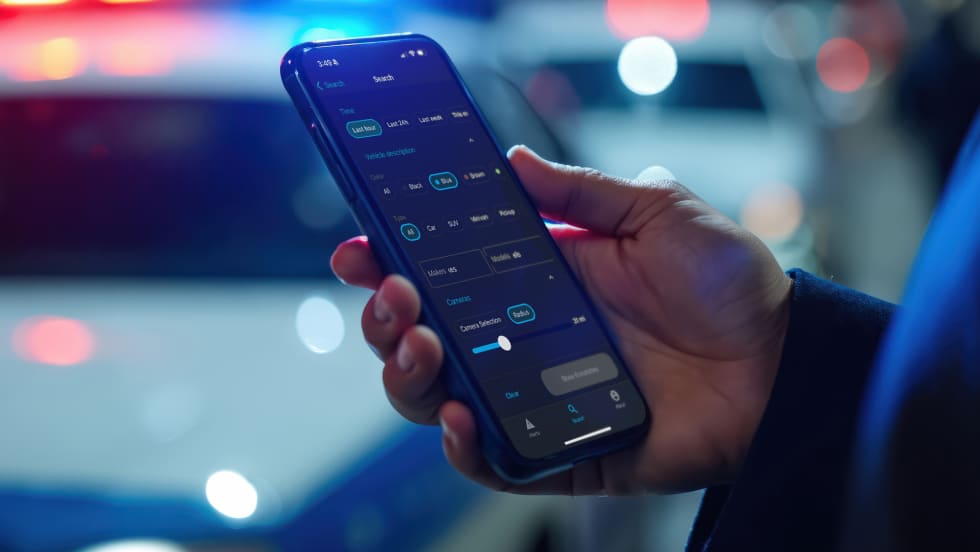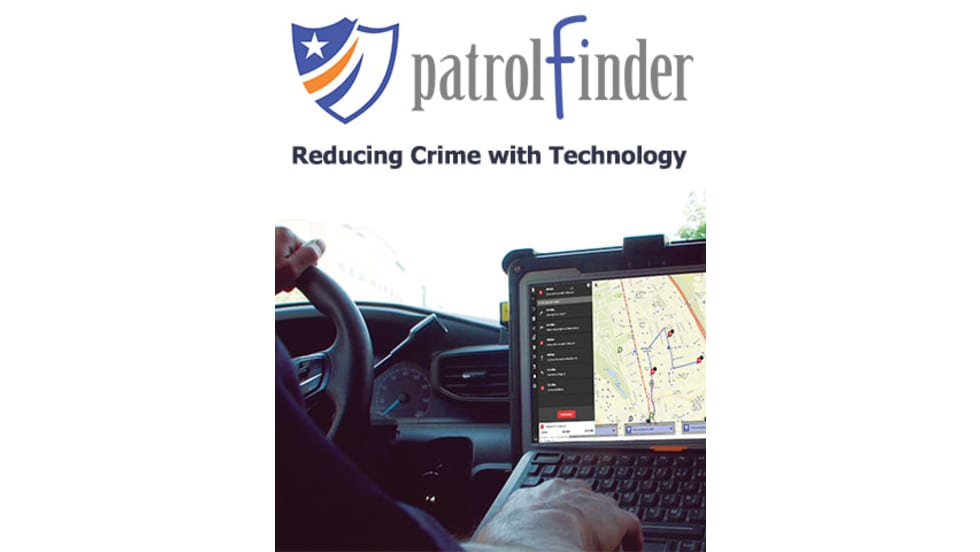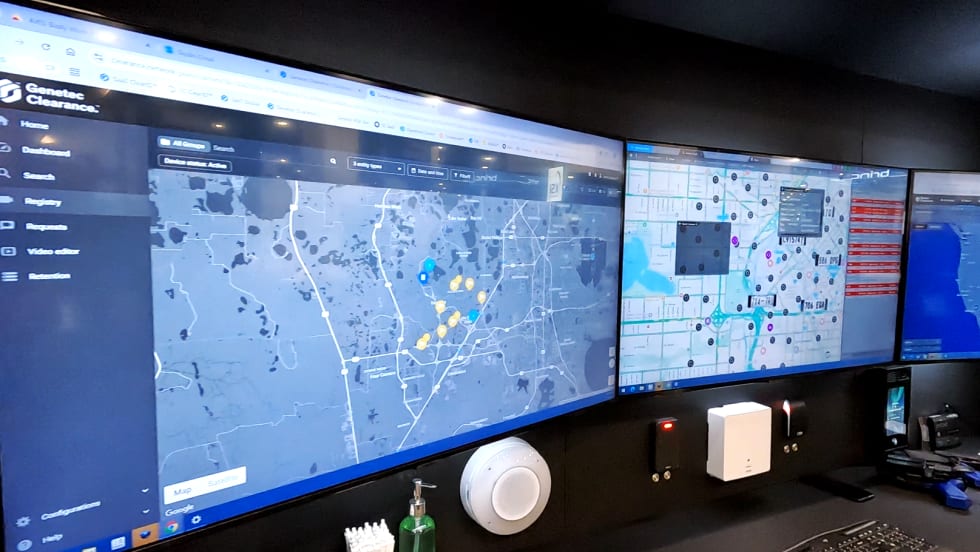Pilot partners who are receiving new multiband radios include the Blaine (Wash.) Police Department, Immigration and Customs Enforcement (ICE), Miami Dade County Public Safety, New Orleans Public Safety, and the Phoenix Police Department.
During an emergency incident, first responders rely heavily on communications equipment to share critical information. However, with typical hand-held emergency response radios that operate on only one band, first responders could not communicate across agencies and jurisdictions. This meant they often had to carry multiple radios, swap or share them, use a patching system, relay messages through dispatchers, or use runners to hand-carry messages.
S&T’s MBR initiative has helped solve these long-standing issues with the development and successful transition of the MBR technology, first responders no longer have to deal with those challenges. MBRs can operate on multiple, noncontiguous bands. First responders can use an MBR in bands between 136 and 870 Megahertz (MHz), including the primary public safety very high frequency and ultra high frequency bands and the 700 MHz and 800 MHz bands. When authorized, it also operates in the Department of Defense bands and two federal bands.
S&T's Multi-Band Radio initiative sparked industry development of multi-band radio technology, now commercially available and being marketed by two manufacturers, with more close behind. One manufacturer has already reported sales of more than 20,000 radios. The Department of Interior has also purchased $90,000 worth of MBRs, while the United States Marine Corps is expected to buy $49 million worth of MBRs.
S&T will release an MBR Procurement Guide, which will be available early next year. The guide will provide all lessons learned from the project and pilots and provide emergency response personnel with direction on how to identify which radio model will best fit their needs.



